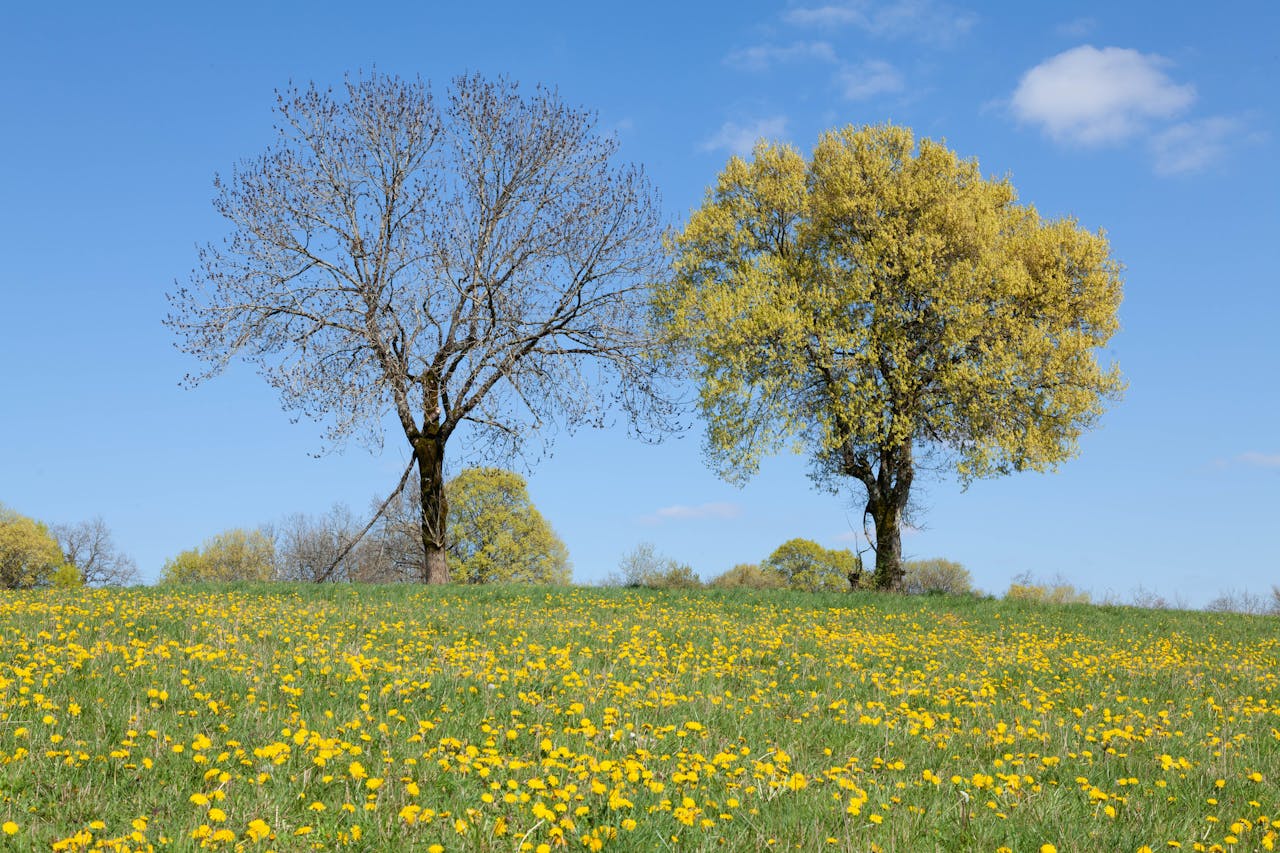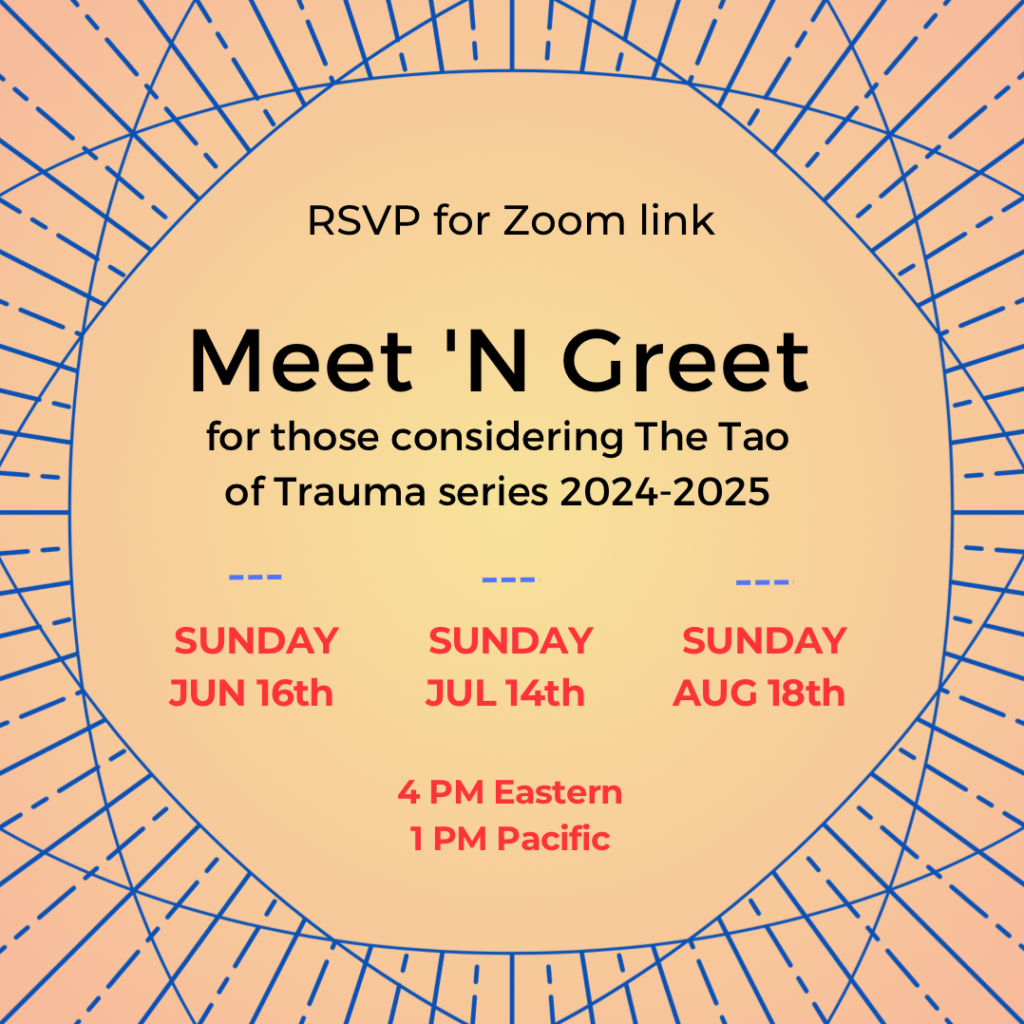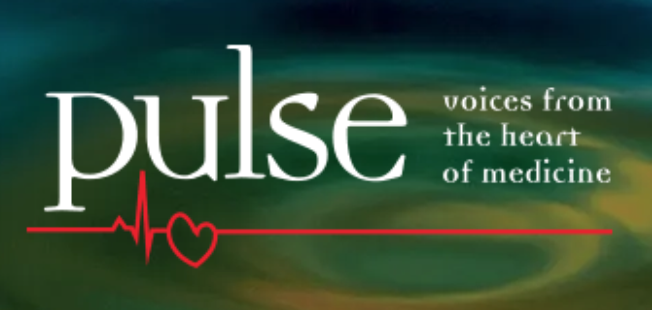Trauma Training Tip
We are closing in on the end of Spring or the Wood season and moving into Summer or the Fire season.
The job of the Wood in the Self-Protective Response is to orient to danger or life threat, strategize a survival response, and then mobilize a “fight,” a “flight,” or the more complex “fawn” to best ensure our survival. Ideally there is enough flexibility in our Wood that responses commensurate with the level of threat we are experiencing are created. Discerning whether we need a tack hammer or a sledge hammer is important for living in community!
Whether we “fight” or “flee” or “fawn” is not a cognitive choice, it’s an impulsive one made in our most primitive and unconscious mind. Our goal is simple: eat lunch, don’t be lunch!
Once that mobilization response is complete, the Liver, known as the “General of the Armed Forces” in Chinese classical literature, presents herself to the Heart, or the “Supreme Controller” with the message: “Mission accomplished, the kingdom is safe.” The Heart then communicates equanimity and regulation to the kingdom of the body with a regular, smooth blood pulse.
Especially if we have a history of early trauma or have suffered many traumas, there can be a communication glitch between the Liver and the Heart. Perhaps the Liver doesn’t deeply recognize its success; perhaps it fails to communicate its success to the Heart; or perhaps the Heart, so accustomed to beating a message of life threat, is not persuaded by the voice of the Liver.
We then fail to know that the threat is over. We fail to return to equilibrium. Our liver either remains braced – chronically tight, rigid, and angry; or collapsed – flaccid, unable to defend and protect ourselves or vulnerable others. Our heart can’t settle into a regular, smooth, and strong heartbeat and we may be anxious, sleepless, withdrawn, or sad.
You may be aware of people (or nations) who are operating out of historic experiences of threat – and a lack of awareness that “there and then” is not “here and now.” Decisions and plans are made that feel logical and right – but are actually rooted in histories of traumatic stress and are violent and heartless. Navigating diplomatic, relational, and win-win solutions are at best elusive.
Our heart gives us the capacity to create diplomatic solutions to conflicts, it helps us see humanity in those we perceive as different from ourselves, and gives us the capacity to “brake” states of unnecessarily high arousal in our Sympathetic Nervous System.
Nature is in this phase between the Liver and the Heart right now; between the end of the Mobilization Response and the emergence of the “Restore Coherence” function of the Heart, between Spring and Summer.
This is a great time to take a pause – and consider those experiences in your life that felt threatening or dangerous and see if there is also an embodied experience of – “that was then and this is now” – some experience of life being different, perhaps easier.
Did you have a goal to heal a relationship, cultivate a skill, create a piece of art, or build something useful or beautiful? Did you succeed? Can you celebrate your success? Take a few moments with your Heart. Give it time to listen to your Liver. See how you might embody your experience of survival, know that “it’s over,” and “your kingdom is safe.”
Use the summer season to relish your experience of greater coherence and watch your world soften, enlarge, grow its capacity to resolve conflicts relationally – and find more joy.
Alaine’s Two Cents
Are you thinking about taking the Tao of Trauma – but have some questions? Join me for a Meet ‘n Greet this summer. Ask your questions, hear some reflections, and see if it feels like a “fit” for you.
There are a lot of wonderful trauma trainings available. The Tao of Trauma is unique in that it integrates Western neurophysiology and Polyvagal Theory with Chinese medicine. This diagnostic framework allows clinicians to see beyond general dysregulation to more discrete assessments of brace or collapse in particular tissues. This “bottom-up” approach explores the “issues in the tissues” that arose before there was language, and are wreaking havoc with our body, mind, and spirit!
Here’s our schedule for Meet ‘n Greets, and links to sign up.
All on Sundays at 4 p.m. Eastern, 1 p.m. Pacific.
Have a listen to Rheanna Hoffman, an Emergency Room Nurse and Tao of Trauma student, as she reflects on how useful the Tao of Trauma is for any healing professional – and how her passion for healing and her work as a Nurse were brought together in the Tao of Trauma.
Classes start this fall and space is limited!
Check This Out!
Tao of Trauma graduate and Shiatsu practitioner Annette Lucas, practicing in Sheffield, South Yorkshire, Scotland, published an article “Shiatsu, Traumatic stress and the Body-Mind Connection – a Personal Journey” in the Journal of the Shiatsu Society of the United Kingdom. You can read the full text of the article here.
She’s also offering a workshop on Shiatsu and Trauma at the Northern School of Shiatsu on Saturday, June 22nd. Could be a good reason for a flight over that pond?!
I always am so happy when a vibration influenced by Tao of Trauma takes off in its own special direction. Thank you Annette – for your work and your heart.
You can reach her at: https://www.annettelucas.com/
Tao of Trauma graduate, Acupuncturist, and Clinical Assistant, Cali Gaston wrote this article for Pulse: Voices From The Heart of Medicine. It was a finalist in their writing contest “On Being Different.” It’s an inspiring read.
“Having stage IV cancer at twenty-one made me different from my peers. . . .“
Read the full article here
Every Friday, Pulse: Voices From The Heart of Medicinepublishes and distributes a first-person story or poem, together with a visual image or haiku, about health care.
Pulse tells the story of health care through the personal experiences of those who live it – patients, health professionals, students, and caregivers. While medical care is often rightly criticized for being cold and oblivious, Pulse highlights the humanity and vulnerability of all its actors. In doing so it promotes the humanistic practice of medicine and encourages advocacy for compassionate health care for all. They publish every Friday. Subscribe here.
Cali practices in Charlottesville, VA. Thank you Cali, for your soulful transformation and your beautiful and tender vulnerability.
Clinical Curiosity
Where is your clinical curiosity carrying you?
Send me a question or two and I will explore them with readers in this corner next month.
Q: I am a somatically-trained social worker. My patient is a 65 year-old woman who suffered significant childhood trauma. From her description, it sounds like her mother had borderline personality disorder and was quite narcissistic. She is contracted with fear, but often pushes herself beyond her capacity, overriding that fear. She is quite accomplished by all external assessments – though she often suffers with chronic fatigue. Recently she described an extraordinary case of eczema that she had as a child. Bleeding, scabby skin all up and down her body that was not attended to in a timely manner – and required an extended hospitalization as a pre-teen. It seems her experience of her skin as a child may be informing her ability to set boundaries for herself? What do you think?
A: So glad she has you! She likely experienced a sense of life threat before her Ventral Vagus nerve had developed – so she was forced to use her more primitive dorsal vagus nerve to brake the message of fear she experienced in the absence of a competent, relational caregiver helping her brake sympathetic arousal. While her clumsy dorsal vagus brake saved her life by protecting her heart from overwhelming arousal, it did so at a high cost. While it braked cardiac hyper-arousal, it also braked peristalsis in her gut.
Her gut biome functions to produce “happy” neurotransmitters like serotonin and dopamine as well as T-cells, were compromised. The result was inflammation in her gut lining and likely the anxiety or depression that brought her to you. Our skin is contiguous with the lining of our gut – and so the inflammation in her viscera also showed up on her skin and she developed the Western diagnosis of eczema.
Helping her slow her awareness down, find interoception in her skin, and experience her childhood fear in a safe environment with you will support it to organically de-activate. You may find that starting with the skin over her heart and then allowing her awareness to organically move from there may be helpful. Go slowly: there are many issues over-coupled with her skin – boundaries, arousal, collapse, and neglect, and she will need time and thoughtful attention to metabolize them.
You may simply use the meeting of your awareness with her awareness at her skin level – or you and she may decide to use some physical touch of her skin to help her find a relational, caring, attentive, thoughtful skin experience to repair a beautiful piece that was left missing when she was a child.
All good wishes on your good work.




